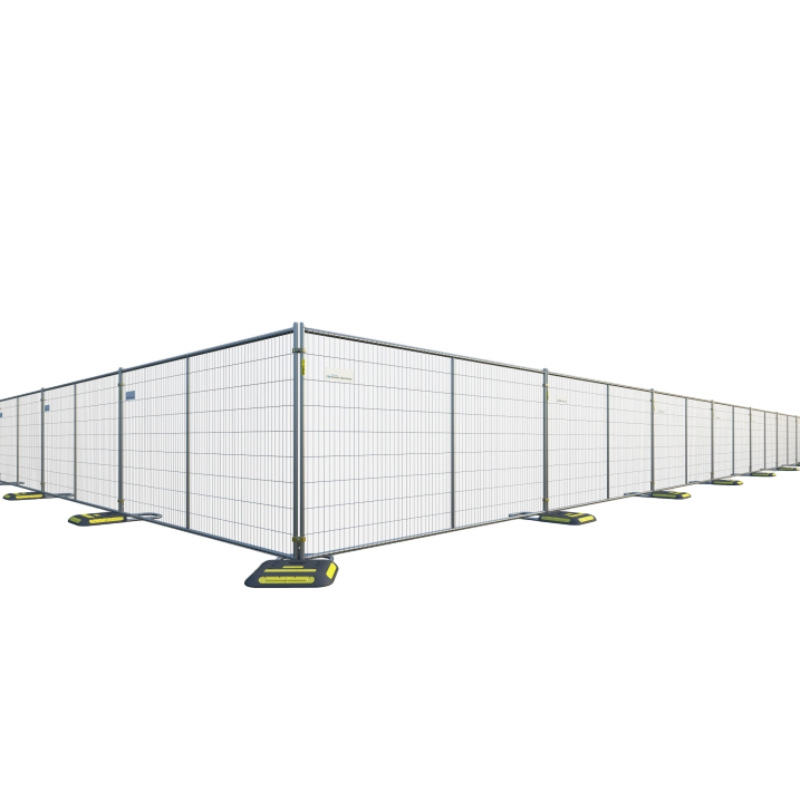The Versatility and Applications of Perforated Mesh Panels
Perforated mesh panels have become an essential component across various industries due to their unique properties and functionalities. These panels are characterized by a series of holes or perforations that can be designed in various shapes and sizes, offering a blend of aesthetic appeal and practical utility. The versatility of perforated mesh panels enables their use in several applications, from construction and architecture to filtration and sound attenuation.
Design and Aesthetics
One of the primary reasons for the increasing popularity of perforated mesh panels is their ability to enhance the aesthetic appeal of a space. Architects and designers often incorporate these panels into building facades, ceilings, and interior partitions to create visually striking patterns. The perforations allow natural light to filter through while maintaining privacy. This combination of light transmission and privacy makes them an ideal choice for modern architectural applications, allowing for innovative and unique designs that stand out.
Structural Applications
In construction, perforated mesh panels serve a dual purpose as both functional and decorative elements. They are commonly used in façade constructions because they provide ventilation and reduce heat buildup in buildings. The panels can be made from various materials, including metals, plastics, and composites, which enhances their durability and makes them suitable for different weather conditions. Their lightweight nature also allows for easier handling and installation, reducing construction costs while ensuring structural integrity.
Acoustic Solutions
Another significant application of perforated mesh panels is in sound attenuation. In environments such as concert halls, auditoriums, and offices, controlling sound levels is crucial for comfort and clarity. Perforated panels can be designed to absorb and diffuse sound waves effectively. By carefully calculating the size and arrangement of the holes, acoustic engineers can tailor these panels to reduce echoes and improve sound quality. This feature is not only beneficial for enhancing auditory experiences but also vital for maintaining privacy in spaces like conference rooms or shared working environments.
perforated mesh panels

Filtration and Ventilation
Perforated mesh panels are also widely used in filtration applications. In industries where air or liquid filtration is necessary, these panels can serve as barriers to larger particles while allowing smaller particles to pass through. This functionality is crucial in sectors such as food processing, pharmaceuticals, and wastewater treatment. By using perforated panels in filtration systems, companies can enhance efficiency and ensure compliance with safety regulations.
Increased Safety and Security
In terms of safety, perforated mesh panels provide additional benefits. They can be used in security fencing and barriers, offering visibility while deterring unauthorized access. The panels can be integrated into existing security systems to provide a physical barrier without obstructing the view, making them an effective choice for commercial and industrial settings.
Eco-Friendly Solutions
As sustainability becomes a priority in design and construction, the use of perforated mesh panels aligns with eco-friendly practices. These panels can be produced from recycled materials, and their design can promote adherence to energy-efficient building standards. The natural ventilation provided by these panels can reduce reliance on air conditioning systems, contributing to lower energy consumption. Moreover, the aesthetic versatility allows for the integration of green technologies, such as vertical gardens or solar panels, enhancing both energy efficiency and visual attractiveness.
Conclusion
In summary, perforated mesh panels are much more than decorative elements; they are integral components that enhance functionality across various sectors. From architectural design to industrial filtration, their versatility and efficiency are unmatched. As industries continue to evolve towards more sustainable and innovative practices, the relevance and use of perforated mesh panels are expected to grow, making them a staple in modern applications. Whether for improving aesthetic appeal or providing structural support, these panels represent the intersection of form and function, showcasing how engineering and design can work harmoniously to create effective solutions for today’s challenges.
-
Why Galvanized Trench Cover Steel Grating Resists Corrosion
NewsJul.10,2025
-
The Versatility and Strength of Stainless Expanded Metal Mesh
NewsJul.10,2025
-
Load Calculations in Steel Grating Platforms
NewsJul.10,2025
-
Keeping Pets and Kids Safe with Chicken Wire Deck Railing
NewsJul.10,2025
-
Hole Diameter and Pitch for Round Perforated Metal Sheets
NewsJul.10,2025
-
Aluminium Diamond Mesh in Modern Architecture
NewsJul.10,2025
Subscribe now!
Stay up to date with the latest on Fry Steeland industry news.

